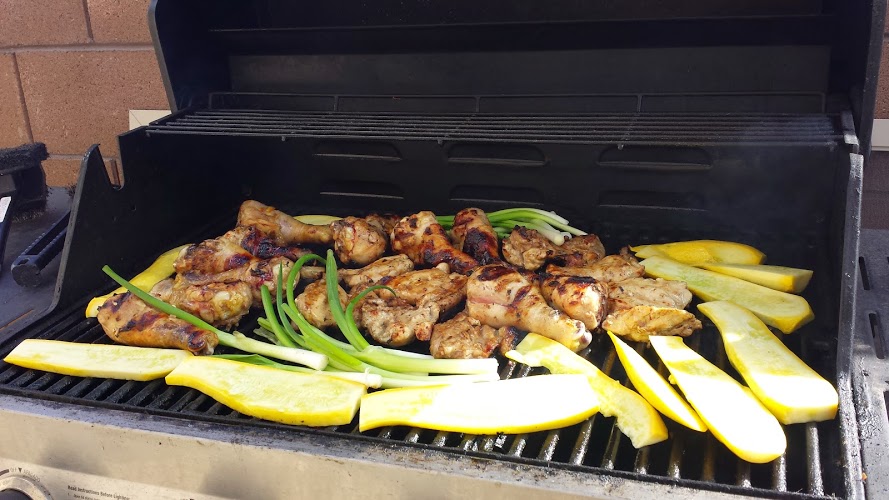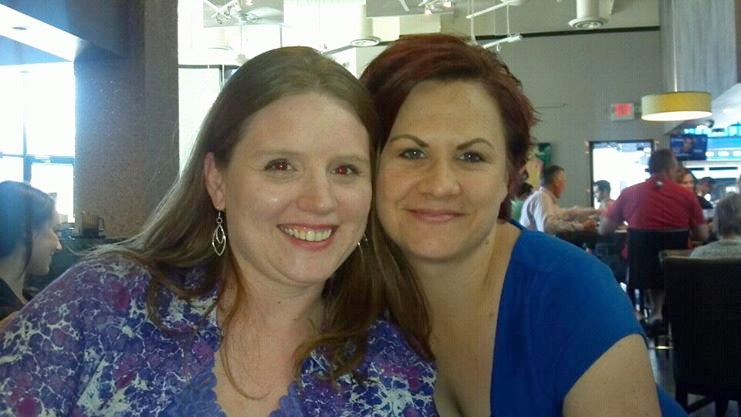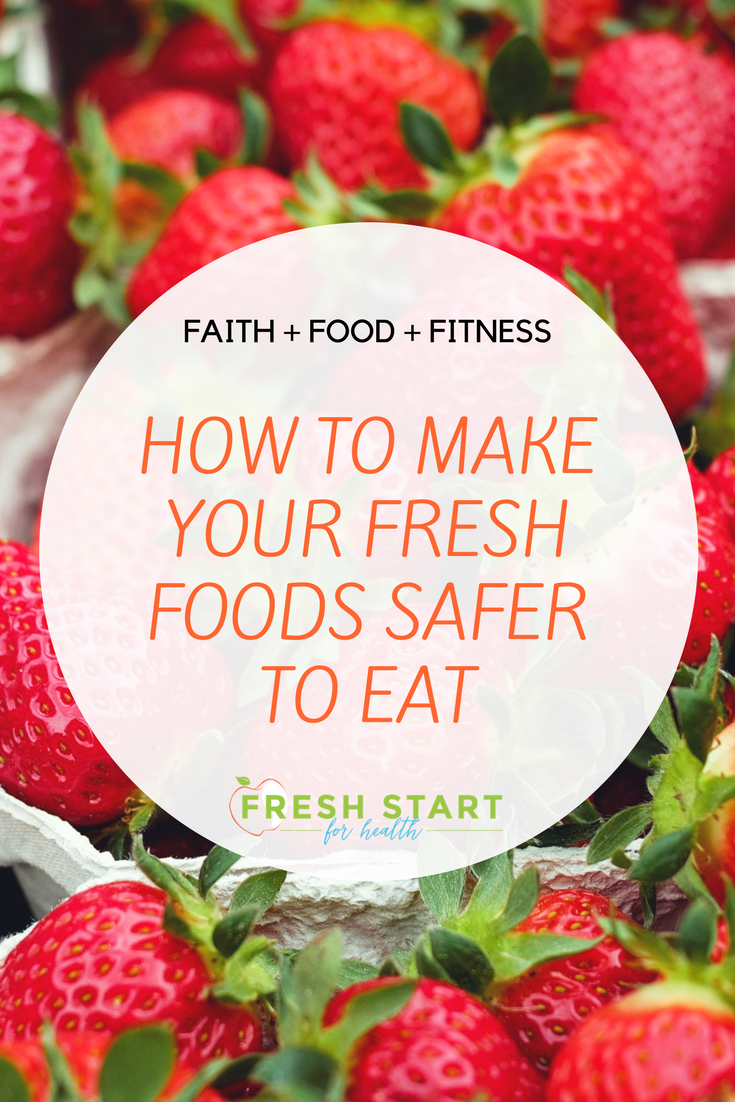It’s a common concern that: we’ll gain extra weight during the holidays, as we tend to consume more food, especially food that isn’t the healthiest, during this season. AND that we’ll get sick, as we notice more people “under the weather” this time of year.
Never fear! I’m sharing some helpful tips to combat both concerns - and it’s easier than you think to stay healthy this holiday season - through your food choices!
As we enter the holiday season, let’s do our best to watch these 3 areas of our eating:
Portion sizes (see this post for more on what food serving sizes are healthy for us!) - eating less of the unhealthy stuff
Adding in the fibrous, healthy, FRESH foods that are nutritious and help crowd out the unhealthier choices!
Making small changes to our traditional family faves to boost our nutrition and lessen negative impact!
Here are some tips for healthy holiday eating:
If you are hosting holiday parties or dinners, try to cut down the amount of empty or fattening calories in your dishes without compromising the traditional flavor and quality of it. For example, in a recipe that calls for heavy cream, you can replace part or all of it with almond milk, coconut milk or even half and half. You can choose dishes that use broth in place in heavy butter or creams, try making veggie sides with flavor from fresh herbs, garlic, olive oil, sweet onions and sliced almonds instead of too much butter or bacon.
When you plan your meals, make sure that you include lots of fruits, vegetables, whole grains, lean meats and use less dairy or processed food. Pay attention to the label and make sure the ingredients contain low amounts of sugar. Minimize the common over-use of butter, cheese and whipped cream on your recipes. Fix dishes instead that use citrus, herbs, onion, and garlic as the key flavoring. You can still serve and enjoy appetizers without worrying about eating too many calories, just opt for fresh fruit skewers dipped in dark chocolate, or fresh vegetable sticks with hummus or guacamole, healthy seed crackers with shrimp cocktail.
Instead of serving vegetables or casseroles that are over-cooked and smothered in heavy gravies and sauces, include simple vegetable dishes that are simply oven-roasted, steamed, sautéed or lightly cooked. They are SO tasty when broiled in the oven! And it’s easy to load up on healthy fiber with these whole foods as a bulk to the meal, instead of the commonly served other choices that tend to hold more unhealthy fat, sugar and calories.
You can come up with healthier versions of your favorite holiday dishes by simply replacing some ingredients with alternatives that contain lower amount of calories. Instead of adding butter, you can use chicken stock or olive oil when cooking veggies. For baked goods, you can make use of low-sugar yogurt, applesauce or coconut oil instead of traditional oils and heavy ingredients. For dessert, opt for a healthy pumpkin or sweet potato pie with non-fat evaporated milk and topped with homemade, lightly whipped cream. A simple crustless apple crisp is a delicious option, as well, and still a sweet choice, even when using reduced amounts of sugar in them!
By following these tips for healthy holiday eating, your favorite holiday dishes will still be on the table, but pack less punch for our middles!
LAST TIP: Make the holiday meals a time of not just enjoying food, but focusing on friendship and family as well! Enjoy a cup of tea or coffee together, play games, look at lights, and just bond!
Try these tips, so you, your family and your guests can just enjoy the foods you prepared without worrying about their diets, and bring the attention back to enjoying the time with each other!
Making Thanksgiving dinner and want FRESH ideas for a healthier version? Read this helpful post from Coach Bess on how she makes hers!






































